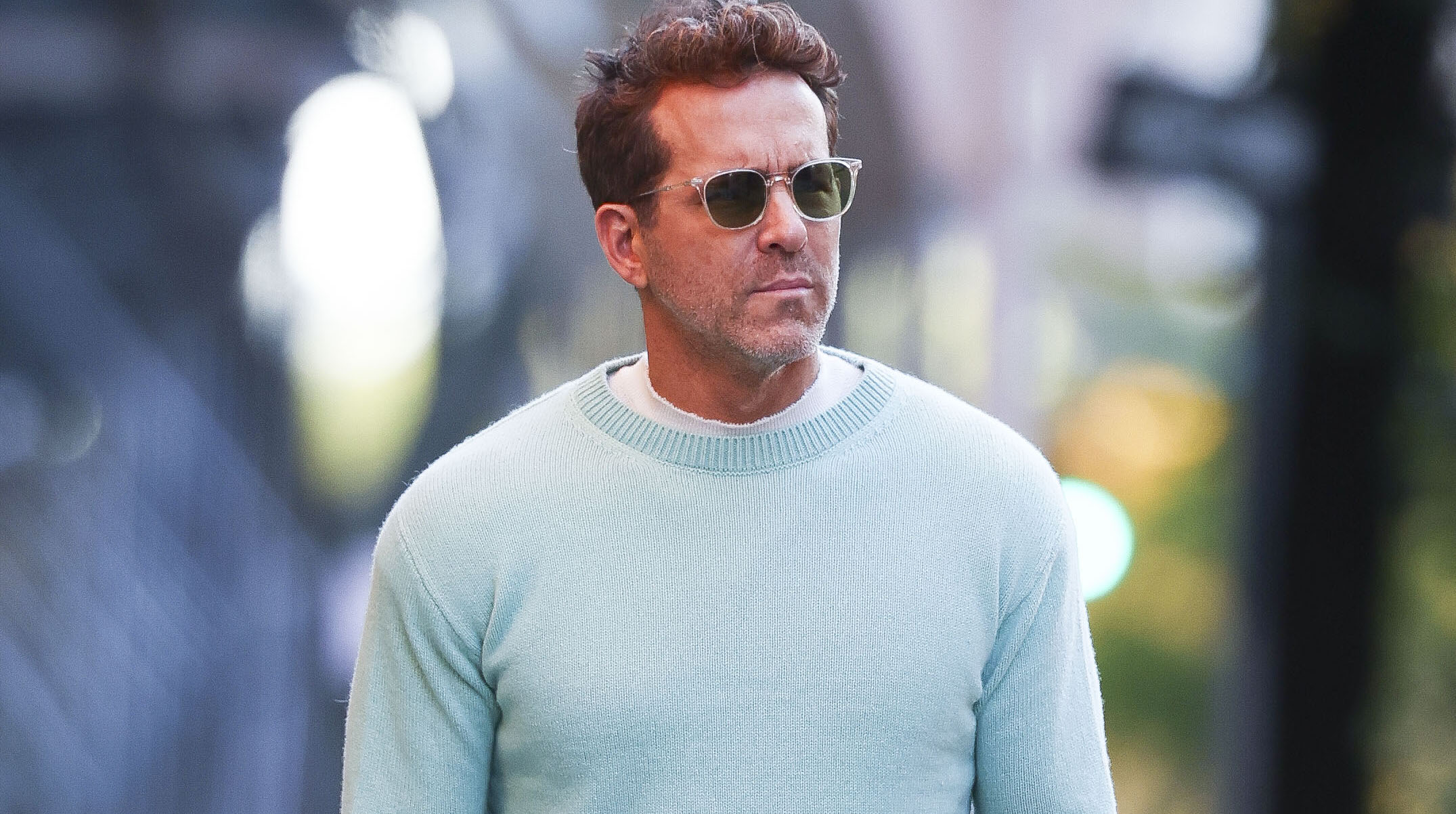World
From our prayers to the divine, the best intentions for an uncertain world • Kansas Reflector

The priest where I go, in Overland Park, calls for us to kneel down at the end of Mass and say, he says, “one ‘Hail Mary’ for peace and unity in the world.”
We do that.
The priests in my boyhood church, Little Flower, in St. Louis, followed every Mass with “prayers for the conversion of Russia.”
It was the Cold War, and we launched multiple “Hail Marys” each time for the conversion of Russia. Russia has had its Orthodox Christian Church since the 9th century, in any case, and, just to bring unity in the world up to date, Russia’s current leader is both a member of that church and an indicted mass murderer.
If I listen to the news on the drive home, after having said that “Hail Mary” for peace and unity, I am compelled to wonder how prayers, themselves, reflect our intentions. Sure, we hear about what appear to be healings and changes of heart, answered prayers. A free throw drops. Private Ryan comes home. Thoughts and prayers is a thing we say if someone faces danger or has fallen sick, which, I suppose, has the intention of healing the body as much as the soul.
Lately, people just say Our thoughts are with you, because prayer, reflecting religious faith, has become suspect. Are we losing something when thinking about you replaces praying for you?
My Sicilian grandmother would walk from her house, a little ways up the street, to our house at any sign of a thunderstorm forming in the west. She would herd us grandkids — me, Christine, John, Mark, Jan, Dan, Paul — down to our basement’s southwest corner, where she would have us kneel and say the rosary.
“Mom,” my mother would scream, “please don’t do this. You are going to make these kids terrified of storms, like you did me.”
My grandmother would not be dissuaded, having faith, I assume, in the mysterious “Hail Marys” and a concrete foundation.
I did indeed become terrified of storms. A single dark cloud, not to mention a tornado siren, would produce panic. I was well into adulthood before, somehow, I deprogrammed myself of the fear but not of the mystery. Was I of little faith, and did my grandmother expect the Lord to rebuke the winds? She was, at least, exercising the virtue of action.
“If we are not secretly yearning and openly striving for the accomplishment of all we ask,” wrote Mary Baker Eddy, “our prayers are ‘vain repetitions.’ ”
Of St. Paul’s three theological virtues — faith, hope and love — my chassis has been centered on hope, but my lesson at the time was to combine that with action.
After the 1959 St. Louis tornado killed 17 in a laceration of landscape just north of our neighborhood, I sat in the crowded back seat of my parents’ Plymouth, as we drove beside gaping basements and snapped tree limbs, during which my grandmother’s husky voice repeated Madonna mia. Madonna mia.
I suspect, now, as Mrs. Eddy would say, “The beneficial effect of such prayers is on the human mind.”
My grandmother must have had comfort in addressing the Mother, the same mother depicted in a life-size statue I saw nearly every day in the outer aisle of Little Flower church, a church in the round and often called “Little Rome” for its resemblance to the Basilica of St. Stephen in the Round on Rome’s Caelian Hill. In our church, the Mother slumped at the foot of her son’s cross.
Prayers instigated by clergy, by religious authority, do, however, imply the possibility of results — instituted by belief. The Prince of Peace and Unity, himself, lived then died among violence and distress, and is said to have prayed, “O, my father, if it is possible, let this cup pass from me.”
Faith tells us that it was possible, and also that the cup did not pass from him.
Among the most glib and thus cynical explanations I have heard asserts that all prayers are answered. Sometimes, the answer is no. That pretty much covers it, evidently. Don’t try to figure it out.
Making a utility of God or saint, however, such as Mary or Joseph or the once-dependable Christopher — as when I once descended by air among mountain peaks into Quito, Ecuador — remains for me a function entirely of faith, which seems like a lot to promise us poor penitents.
We “are here to witness and to celebrate,” Ray Bradbury would assert, more modestly.
My intention recently was to locate the burial place of the great Kansas writer Robert Day (“The Last Cattle Drive” and others), which turns out is at a small, rural cemetery in far northwest Kansas, near Ludell, and marked with a bench identifying him as a writer, modestly, I think.
I’ve been there, and stood witness to the brown, rolling hills and gullies, thickets of wild plums harboring pheasants, which Day’s dog, Lullaby, would flush into flight. Is it a prayer I had answered?
Whatever it’s called, my intention was to witness and to celebrate.
Robert Stewart edited the literary journal New Letters at The University of Missouri-Kansas City for many years. Through its opinion section, Kansas Reflector works to amplify the voices of people who are affected by public policies or excluded from public debate. Find information, including how to submit your own commentary, here.










